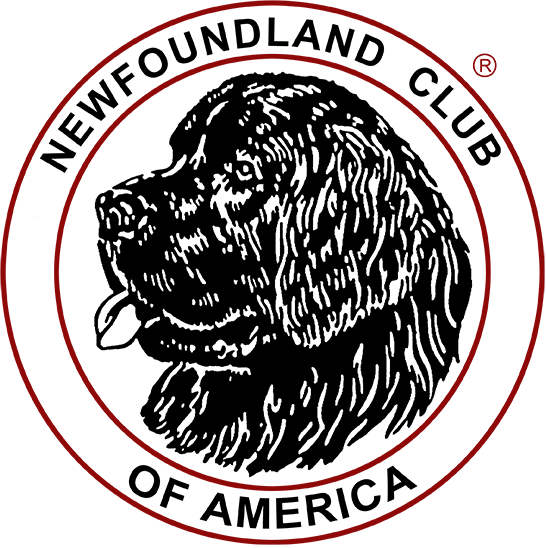Check SCREEN READER MODE to make this survey compatible with screen readers.

Newfoundland Dog Anatomy |
Check SCREEN READER MODE to make this survey compatible with screen readers.

Newfoundland Dog Anatomy |
T